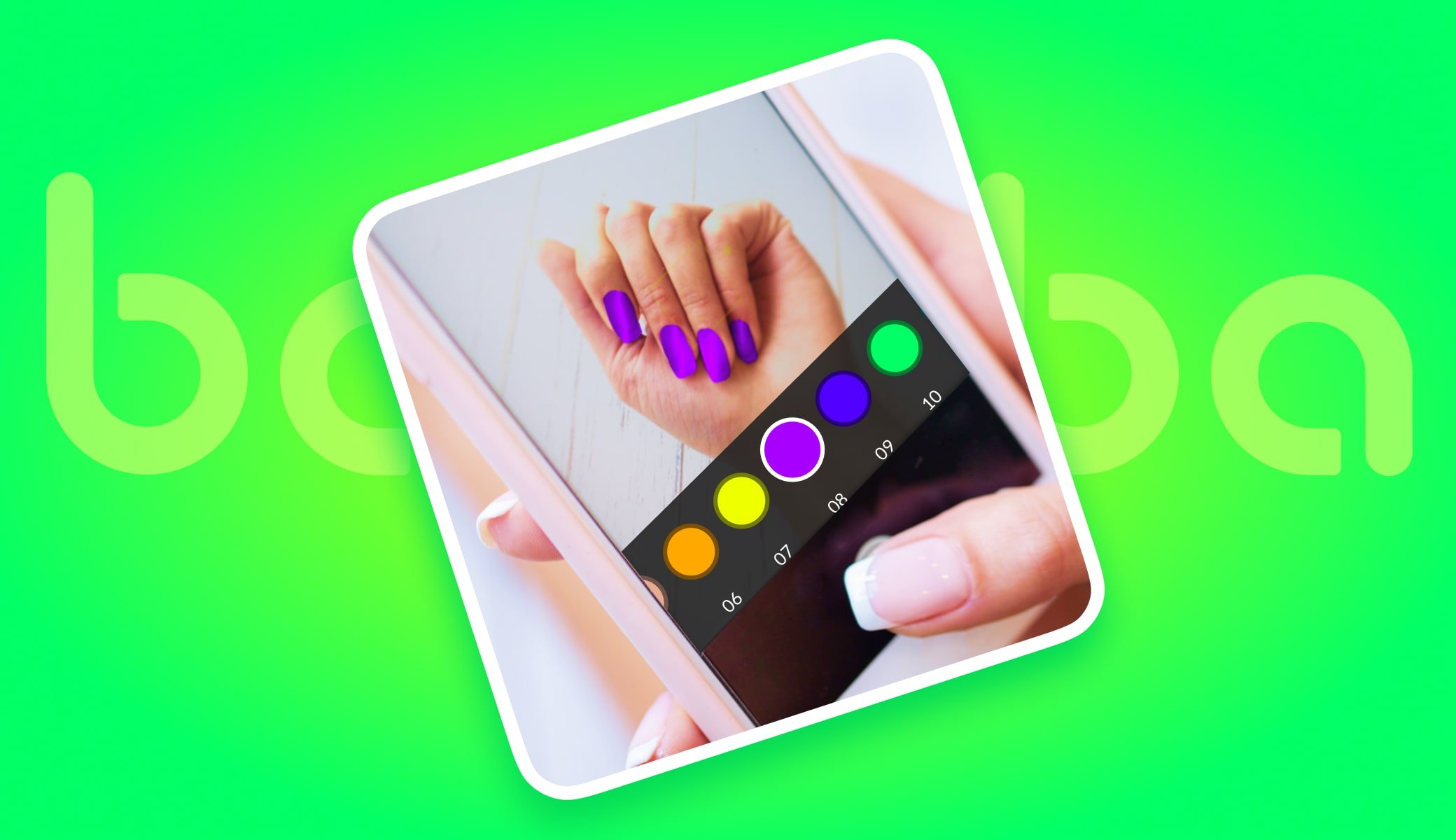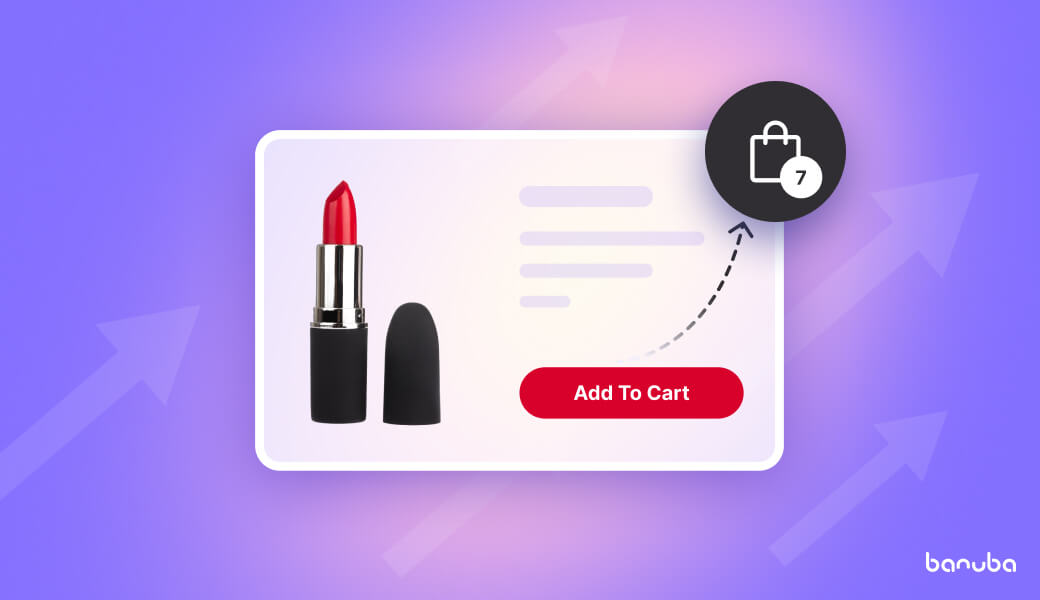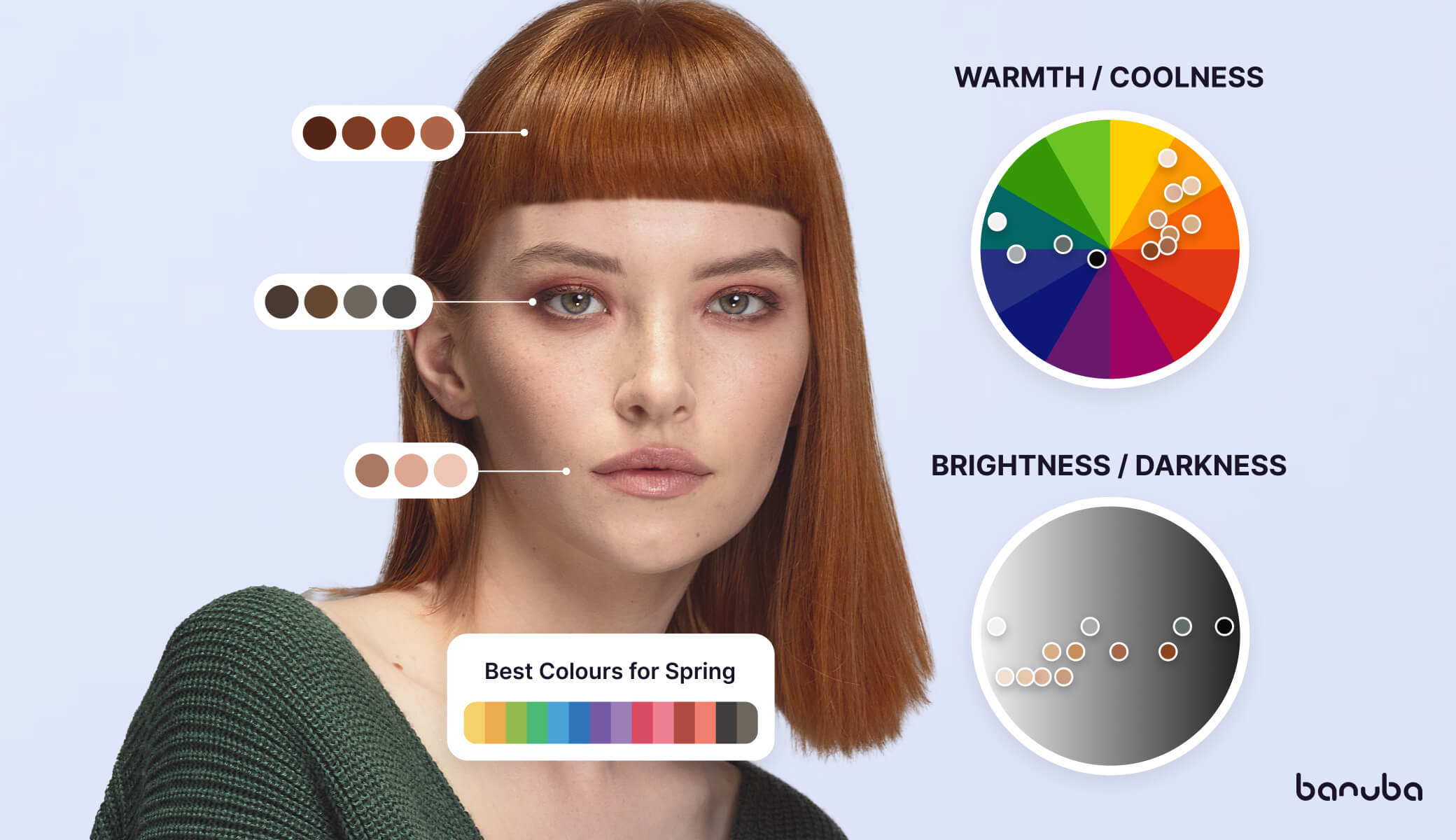Ecommerce Personalization from A to Z
Standing out is paramount in the bustling realm of online retail, where countless options are just a click away. This is where ecommerce personalization comes into play. By tailoring the shopping experience to each individual customer, brands can transform the online shopping journey from mundane to extraordinary. And the core to accomplishing this is in the data and its skillful usage. In this article, we'll delve into the intricacies of ecommerce personalization, exploring its benefits, tactics, and the role it plays in nurturing lasting customer relationships.


[navigation]
Ecommerce Personalization Defined
In 2023, ecommerce personalization has evolved into a sophisticated strategy that goes far beyond basic customer name addressing. It involves using advanced technologies and data-driven insights to create tailored shopping experiences that cater to individual preferences, behaviors, and needs. Ecommerce personalization in 2023 is about understanding each customer granularly and delivering relevant content, product recommendations, and interactions at every touchpoint of their journey.
Personalization in ecommerce is possible through collecting customer data (browsing history, past purchases, browsing behavior, and habits) and leveraging it to offer a tailored, one-of-a-kind customer experience.
According to recent studies, 80% of consumers are more likely to buy from a brand that offers personalized experiences. Moreover, businesses that effectively leverage personalization efforts have reported a staggering 20% increase in conversion rates.
Benefits of Personalized Shopping Experience for Brands
Boost Customer Loyalty
When customers feel like a brand truly understands them, brand loyalty blossoms. Through tailored experiences and personalized recommendations, brands can curate journeys that resonate with people, leading to a stronger emotional connection, resulting in loyal customers.
Customer loyalty is nurtured when shoppers find consistent value and relevance in their interactions, from the first click to the final purchase. Personalized recommendations and efforts can help increase customer satisfaction, thus resulting in a strong army of devoted fans rather than occasional one-time site visitors.
With individual approaches and loyalty programs, brands can create a unique atmosphere for every buyer and retain customers. Besides, recent research says that 70% of consumers will be more loyal to a brand that offers a personalized approach.
Increase Sales
Personalization isn't just a feel-good tactic but a proven revenue driver. With a proper ecommerce personalization strategy based on previous purchases and browsing history, brands can guide customers toward products they are more likely to buy. This not only increases the chances of conversions but also raises the average order value by enticing customers to explore complementary items.
According to Barilliance, interaction with tailored content and products can increase the conversion rate by 5.5 times, bringing ecommerce sales to the next level.
Enhance Customer Engagement
An engaged customer is one who stays longer, explores more, and ultimately buys more. Personalization makes this possible by offering personalized shopping experiences that align with the client's interests. By tracking and analyzing customer behavior, brands can optimize the online shopping experience, making it more interactive, enjoyable, and satisfying.
Sephora demonstrates a prime example of successfully improving the customer journey and increasing customer engagement through AI and personalization.
By launching a Virtual Try-On solution on its website with an AI picking the matching hue of cosmetics, Sephora managed to reach the ROI beating the expenses by 6 times.
Competitive Edge
In the ever-evolving landscape of ecommerce, standing out is a challenge. Personalization, however, can give brands a substantial competitive advantage. When customers find that a brand consistently understands their preferences and needs, they're less likely to explore alternatives. This edge is especially critical in industries like beauty brands, where customer preferences can be highly nuanced.
Personalization Tactics in Ecommerce in 2023
As technology evolves, so do the tactics for effective ecommerce personalization. Here are some cutting-edge approaches brands are utilizing in 2023:
User-Generated Content Integration
Customers trust the opinions of their peers. By integrating user-generated content, such as reviews, images, and testimonials, brands can enhance the shopping experience. Real-life experiences shared by fellow shoppers provide a level of authenticity that can't be matched by traditional advertising.
It may seem like a no-brainer, but ecommerce brands can integrate UGC from social media into their dynamic interface and display relevant content depending on the requests of potential customers. Thus, the customer will not only receive personalized search results but will also be able to see relevant reviews and real-life photos of products.
This is how the SeaVees online store succeeds. By importing photos from social media shared by their customers, they not only offer a real-life demonstration of their products but also solve the problem of up-selling. Taking into account that about 50% of customers learn about the trends and novelties from their social circle, the use of UGC allows ecommerce stores to create personalized recommendations without high marketing spend.
AI-Powered Product Recommendations
The marriage of artificial intelligence and machine learning has revolutionized ecommerce personalization. Algorithms analyze vast amounts of customer data points, including last purchases, browsing behavior, and even browsing history. This data fuels AI-powered product recommendations, enabling brands to create personalized bestseller lists that align precisely with individual preferences.
Walmart used AI to help buyers find alternatives for out-of-stock products. Based on the client's product choice, the algorithm analyzes the brand, price range, ingredients, etc., and offers the perfect fit available. This allowed to cut the retention rate, and 95% of buyers accepted the substitutes.
TINT, a virtual try-on solution made by Banuba, employs a cutting-edge AI-powered product recommendation system. It analyzes the user's appearance using over 100 parameters (skin tone, face shape, hair color, etc.) and suggests products that would fit their image.
Dynamic Pricing
Modified pricing strategies consider the nuances of each customer's demographic and economic zone. For example, individuals residing in different economic zones might be assigned a price range that reflects the average order value in those areas. This approach ensures that the pricing remains competitive and aligned with local economic realities, making the offer more appealing and relevant to the customer.
Dynamic pricing also caters to the importance of brand loyalty. Loyal customers who consistently purchase from a particular brand can be recognized and rewarded with personalized discounts. This token of appreciation not only deepens the customer-brand relationship but also reinforces the sense of value and appreciation that drives repeat purchases.
Customer Data-Driven Approach
A solid understanding of customer behavior is at the heart of successful personalization efforts. Brands can gather insights from various sources, including interactions with the ecommerce site, visitor's in-session behavior, and purchase history. Armed with this information, they can craft truly personalized experiences that align with customer preferences.
AI-Powered Chatbots
Chatbots powered by artificial intelligence offer personalized assistance to customers 24/7. These virtual assistants can address queries, offer product recommendations, and even simulate an in-store experience. The use of natural language processing ensures that the interaction feels natural and human-like.
According to statistics, chatbots have the highest level of acceptance in ecommerce platforms, with 34% of consumers being satisfied with their interaction. However, as we've discussed above, chatbots must be powered with data they can use to offer the ultimate online personalization features.
VR and AR Integration
The integration of Virtual Reality (VR) and Augmented Reality (AR) takes personalization to new heights. Customers can virtually try on products, visualize their appearance in different settings, and receive a more immersive shopping experience.
The beauty industry is already thriving, leveraging virtual try-on solutions to enhance their customer experience. Solutions like TINT allow online stores to pamper their customers with flawless makeup and test cosmetics wherever they are.
Unique patented facial recognition technologies allow TINT to apply cosmetics indistinguishable from real life.
At the heart of TINT is AI, which analyses and recognizes the specific features of each person's appearance, and its smart assistant selects the best-matching beauty products to fit their individual complexion, hair and eye color, age, and skin type.
In addition to an obvious personalized experience, TINT also can be used for email campaigns while introducing new products and makeup collections.
Enhance Email Marketing
Email marketing remains a potent tool, and personalization can take it a step further. By crafting emails that include relevant, personalized offers, brands can increase open rates, click-through rates, and, ultimately, conversions.
According to Statista, almost 80% of millennials and 60% of Generation Z like brands to contact them via email. Customer communication is an often underrated tool that can help create personalized shopping experiences and drive repeat purchases.
When applied regularly, this personalized marketing can influence 37% of your direct customers and encourage them to make another purchase.
Ecommerce businesses can use an oodles of reasons to communicate with consumers, but the most frequent ones include:
- a long interval since the last interaction — it's a good time to send an email about how much you miss them and offer personalized products;
- abandoned basket — let them know that you have more to offer; and with the help of AI, you can analyze their behavior and search results and suggest personalized solutions;
- follow-up after purchase — offer them products that will perfectly match their new item — "Bought an SPF face cream? Here's some hydrophilic oil to wash it off. You certainly didn't know it was the only thing that could wash it off 100 percent."
On-Site Retargeting
When visitors abandon their cart or leave the site without making a purchase, on-site retargeting comes into play. By displaying relevant products and offers, brands can entice users to reconsider their decision, potentially recovering otherwise lost sales.
Retargeting is not cheap and not a 100% effective tool outside your website. For example, the average price for remarketing on Google starts at $0.66 per click. However, you can use an alternative option — retargeting on your website.
By analyzing the behavioral patterns of your website visitors, you can launch pop-up automation. Triggers for launching can include the amount of money spent on products in the shopping cart, visitors' behavior on the site, number of visits, etc. Keep in mind that pop-ups should be subtle and not put users off.
For first-time visitors, you can offer a discount for personal information (email, phone number, or demographic data) or offer tiered discounts after adding an item to the cart. This will help increase the average order value.
ColourPop beauty brand, for example, offers an interactive pop-up for discounts to visitors who are new to their online store.
Don't forget about returning visitors. Use data on their behavior during previous sessions and bring them back to the products they viewed or display relevant products that may appeal to them.
Leverage First-Party Data
As consumer data privacy concerns gained prominence, regulatory changes are inevitable. This could lead to pivotal changes in laws governing data collection, emphasizing transparency, consent, and control for individuals. Ecommerce companies have to rethink their data collection methods and focus on obtaining explicit permission to utilize customer data for personalization purposes. It can mark the turning point in the ecommerce realm, urging businesses to pivot from third-party data sources to first-party data collection to ensure compliance and trust.
Apple has already updated its privacy policy to allow users to choose whether they want their actions to be tracked. This means that in the future, advertisers can use user data for retargeted advertising only with their consent. Meta says this will lead to financial losses for advertisers, valued at around $10 trillion.
First-party data, collected directly from first time visitors through interactions with the ecommerce website, emerged as a potent solution to the evolving regulatory landscape. Unlike third-party data, which often raises privacy concerns, first-party data is willingly shared by customers, signifying their intent and interest. This data, including browsing behavior and engagement patterns, forms the bedrock for creating personalized experiences that resonate with each individual.
Online retailers, armed with first-party data, can now redefine shopping online. By tapping into these valuable insights, brands can tailor their offerings to match customer preferences right from the first interaction. For new customers, this means presenting relevant products and content that align with their interests, creating an instant connection, and boosting the likelihood of a conversion.
Conclusion
Modern technologies offer lots of ways to stand out from your competitors and gain a better user recognition. By leveraging data, integrating AI solutions, and implementing virtual try-on, eCommerce businesses can increase sales and customer lifetime value.
Besides, if you are interested in virtual try-on, TINT offers a free digitization of your products for a limited time. Send us a message and learn more.





